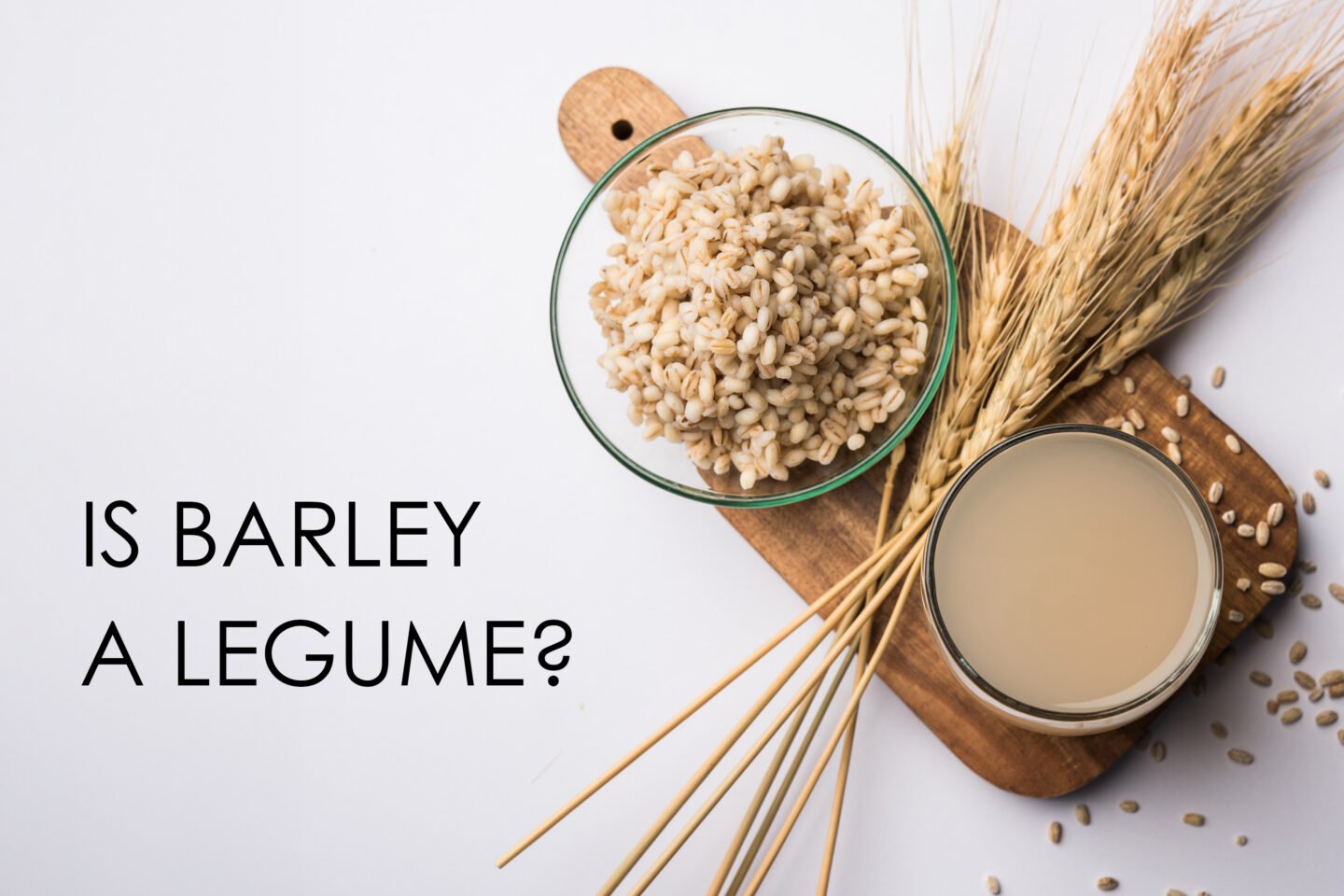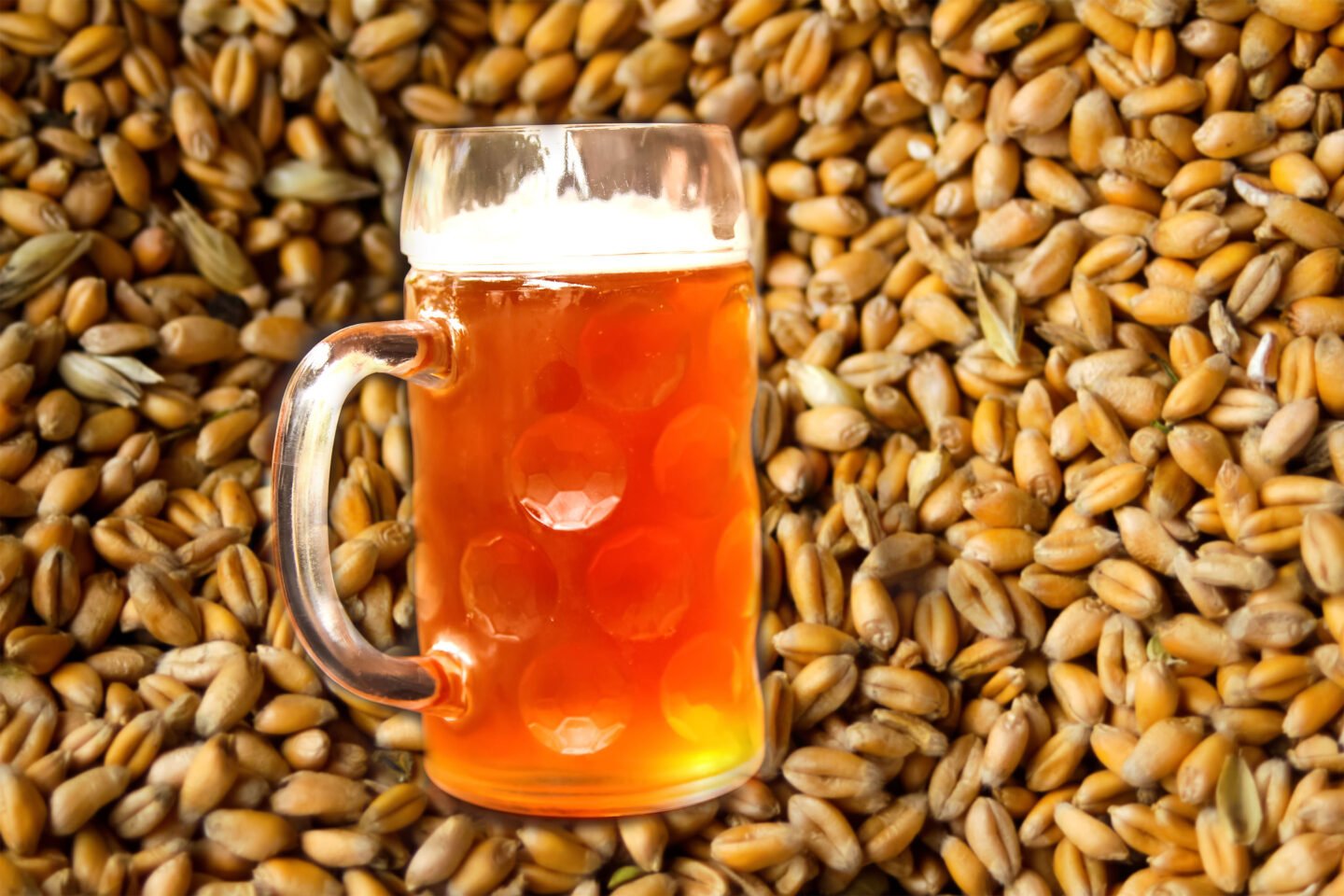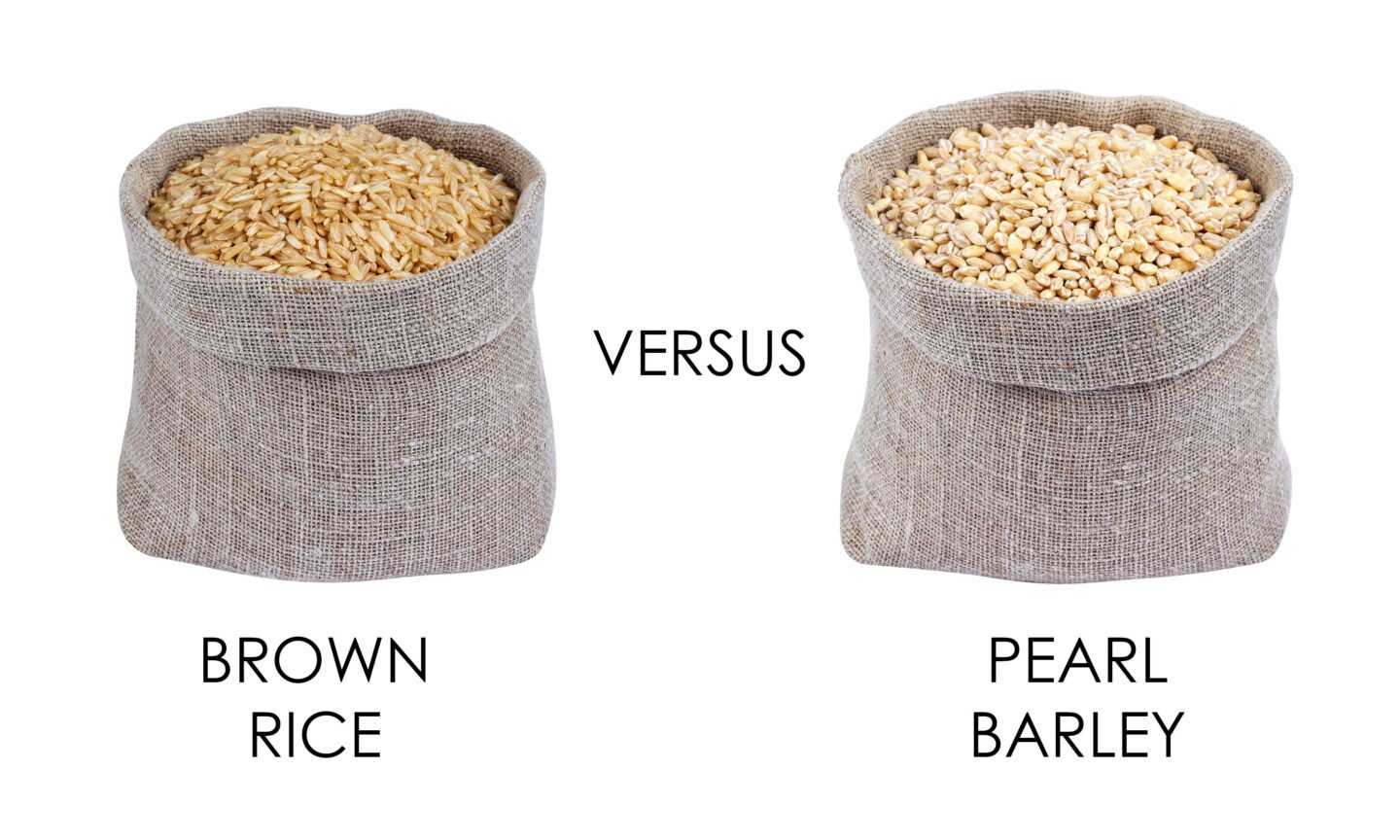Living a health-conscious life is rewarding, but it is also really complicated. There are so many categories and sub-categories of food that all are good or bad for one thing or another.

Barley is one of those mysterious food items that have become popular in recent years, but many people are not entirely sure what it actually is.
It has a slightly nutlike flavor, and in the way it is used in cooking, it shares uses with rice but also with lentils or beans. So, what is it? Is barley a legume?
Table of Contents
Is Barley a Legume?
Barley isn't a legume. Barley actually belongs to the grass family and was one of the first grains cultivated by humans. Archaeological evidence of barley cultivation has been found as early as 5000 BC in Egypt. Globally, it is the fourth-largest grain crop, after wheat, rice, and corn.
It can be cultivated widely because it is more adaptable than other grains. There are varieties of barley that are well suited for temperate, subtropical, or subarctic regions. Additionally, it grows and ripens in a shorter time than any other cereal.
While barley is most often used as animal fodder or as a source of malt for alcoholic beverages, especially beer, a lot of health-conscious people have begun to integrate barley into their diet.
What Is Barley Used For?
As mentioned above, the largest amount of barley that is grown around the world is not for direct human consumption.
Mainly, barley is used as feed for livestock like cattle and horses. One-third of the amount of barley that is grown globally is used for malted beverages like whiskey or beer.

During the malting process, the grain is allowed to germinate partially. This leads to the release of enzymes, which, in the end, open up the seed's starch reserves. Only about 10% of the barley that is harvested is used for human consumption.
You can cook soups and stews with barley, but you will also find it in some food coloring, protein bars, cereals, and snack foods.
What Are The Benefits of Eating Barley?
The high fiber content of barley results in it being digested very slowly, making it a beneficial ingredient of food for people with diabetes or those at risk of developing diabetes. This slow digestion also leads to a long-lasting feeling of fullness, which is why people who want to stop snacking between meals often like to cook with barley.
Eating barley regularly is also known to be beneficial for intestinal health. The insoluble fiber content in barley accelerates intestinal movement and thus minimizes the risk for constipation. It also helps with Irritable Bowel Syndrome.
Is Barley Better Than Rice?

This depends on what you need for your diet. You cannot eat barley if you have a gluten intolerance since it contains gluten.
On the one hand, brown rice is richer in folate and vitamin E than barley; on the other hand, barley contains twice as much calcium and fiber and circa 30 percent fewer calories. When it comes to protein and fat content, they both are roughly the same.
What Are the Different Types of Barley?
While there are several varieties of barley plants, there is an even greater variety in how they can be processed, which makes the bigger difference. The two most important types that you should be able to tell apart are hulled barley and pearl barley.
Hulled barley is minimally processed and is also called whole wheat barley. Here, only the indigestible parts of the hull layer are removed, and the grain's bran layer is left intact. It is the most nutritious way to process barley, which remains high in fiber and protein.
Hulled barley has a longer cooking time than other types of barley, though it is pretty chewy and has a very distinctive taste that not everybody likes.
Pearl barley is the most processed variety of barley and also the one most commonly used in the U.S. It has been refined to the point that it is no longer considered a whole grain.
Because it lacks its outer layer, it has a shorter cooking time than hulled barley, but since most of the barley's nutritional value resides in its bran, about two-thirds of its nutrients are lost in pearl barley.
MORE RELATED INFORMATION
Barley can undoubtedly be cooked like rice, using a rice cooker or cooking on the stovetop. You can use the pasta method too; it's that simple. Hulled barley can even be used to substitute brown rice, thanks to its slightly chewy texture and nutty flavor. Also, there is no need to rinse barley before using it.
Barley is indeed good to drink, in moderation, of course. Barley water is delicious, very refreshing, and it helps balance gut bacteria, lowers blood sugar levels, and it's an excellent source of fiber.
Drinking barley every once in a while can boost your system with vitamins and nutrients, and it's easy to make. Rinsing it before cooking and then cooking it with lemon peel and adding honey before refrigeration is the usual and often way to prepare it.
In general, both barley and oats are excellent sources of nutrients and vitamins. Barley is lower in calories and fat and richer in fibers, and vitamins B2, B3, and B6. Oats are more affluent in phosphorus, zinc, copper, magnesium, iron, potassium, vitamins B1, B5, and folate.
If you don't suffer from gluten allergy or intolerance, you should try to implement both in your diet to get all the benefits they bring.
